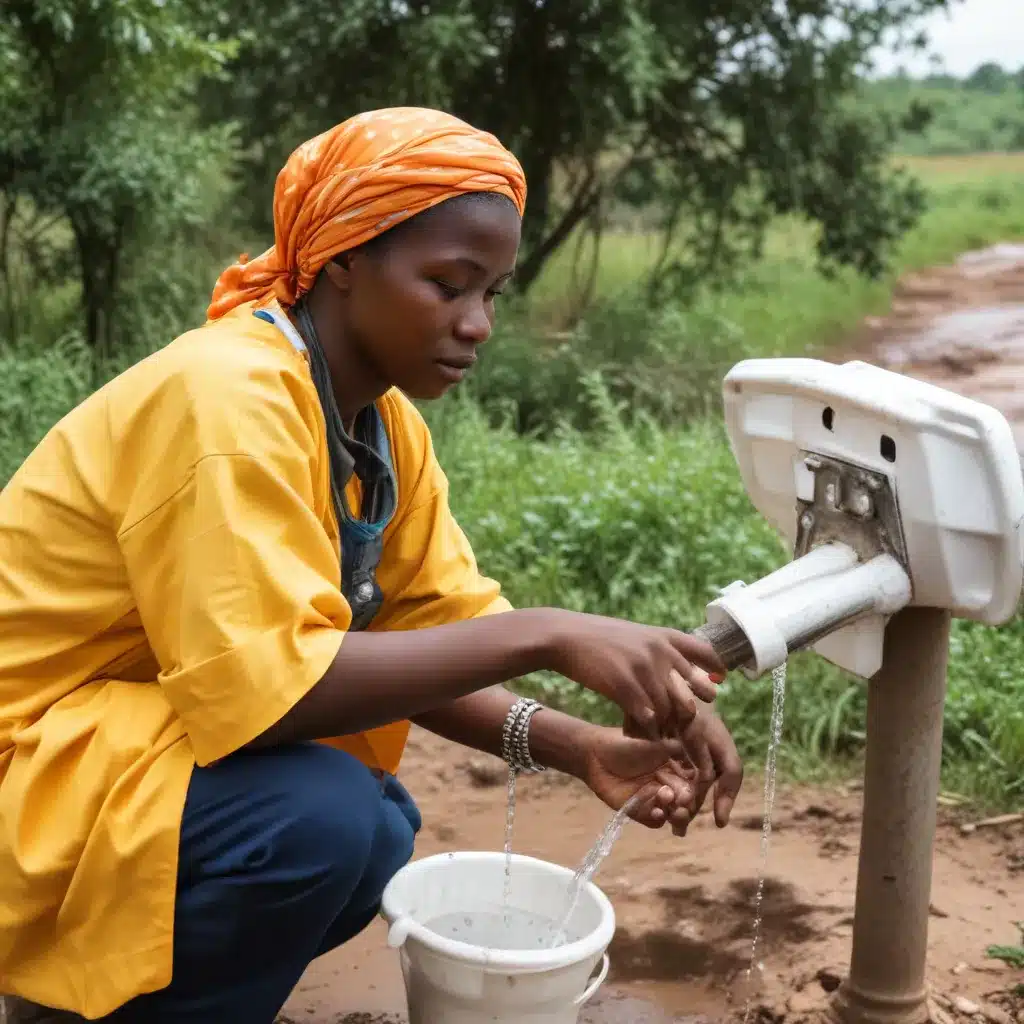
Empowering Communities Through Data-Driven WASH Interventions
In a world increasingly challenged by climate change, political instability, and public health crises, the need for resilient water, sanitation, and hygiene (WASH) systems has never been more critical. During emergencies, the ability to rapidly monitor WASH conditions and respond accordingly is crucial for safeguarding community health and wellbeing. Fortunately, advancements in digital technologies are transforming the way organizations can collect, analyze, and act on WASH data, enabling more targeted, effective, and equitable interventions.
By leveraging real-time WASH monitoring through digital tools, communities can become empowered to advocate for their needs and hold decision-makers accountable. This article explores how innovative approaches to WASH data collection and management are driving positive change, showcasing inspiring success stories and providing practical guidance for practitioners seeking to implement similar initiatives.
Harnessing the Power of Digital Tools for WASH Monitoring
The proliferation of mobile devices, sensors, and cloud-based platforms has revolutionized the field of WASH monitoring. Organizations can now rapidly collect, aggregate, and analyze critical WASH data, enabling them to identify vulnerabilities, track progress, and coordinate timely responses.
Mobile Data Collection: Affordable smartphones and tablet devices equipped with GPS, cameras, and user-friendly survey apps have made it easier than ever for community members to collect and transmit real-time WASH data. These digital tools empower local stakeholders to become active participants in the monitoring process, ensuring the data reflects their lived experiences and priorities.
Sensor Networks: The decreasing cost and increasing reliability of water quality sensors, water flow meters, and other monitoring devices have enabled the establishment of comprehensive WASH sensor networks. These sensor-based systems can provide continuous, real-time data on critical WASH parameters, allowing for early detection of issues and rapid response.
Integrated Data Platforms: Cloud-based data management platforms integrate information from multiple sources, including mobile surveys, sensor networks, and administrative records. These platforms facilitate data visualization, analysis, and sharing, empowering decision-makers to make evidence-based choices and coordinate cross-sectoral interventions.
Unleashing the Potential of Community-Led WASH Monitoring
One of the most promising aspects of digital WASH monitoring is its ability to engage and empower local communities. By involving community members in the data collection and analysis process, organizations can build trust, foster ownership, and ensure the relevance and sustainability of their interventions.
The Kenyan WASH Alliance: In Kenya, the WASH Alliance brought together local NGOs, community-based organizations, and government agencies to establish a comprehensive WASH monitoring system. Using mobile data collection and community-driven mapping, the alliance was able to identify critical service gaps and advocate for improved infrastructure and service delivery. This collaborative approach has led to tangible improvements in WASH access and quality across the targeted communities.
The Malawi FLOW Initiative: In Malawi, the non-profit organization Water for People implemented the FLOW (Field Level Operations Watch) initiative, which combines mobile data collection, sensor-based water point monitoring, and community engagement. Through this integrated approach, communities are able to report on the functionality of their water points, triggering rapid repairs and maintenance. The FLOW data has also informed district-level WASH plans, ensuring more equitable and sustainable investments.
The Philippines Community-Led Total Sanitation: In the Philippines, the Community-Led Total Sanitation (CLTS) approach has empowered local communities to take the lead in assessing their sanitation conditions and driving behavior change. Armed with digital data collection tools, community members conduct surveys, map sanitation infrastructure, and monitor progress towards eliminating open defecation. This bottom-up approach has been instrumental in achieving significant improvements in sanitation coverage and public health outcomes.
Overcoming Barriers to Effective WASH Monitoring
While the potential of digital WASH monitoring is immense, there are several challenges that must be addressed to ensure sustained impact and equity.
Bridging the Digital Divide: Access to digital technologies can be uneven, with marginalized communities often facing barriers related to infrastructure, affordability, and digital literacy. Targeted efforts to provide training, subsidize equipment, and build local technical capacity are crucial for ensuring inclusive and representative WASH data collection.
Ensuring Data Quality and Integrity: The proliferation of digital tools has led to concerns about data accuracy, reliability, and privacy. Establishing robust data governance protocols, involving community members in data validation, and adhering to ethical data management practices are essential for building trust and driving informed decision-making.
Fostering Cross-Sector Collaboration: Effective WASH monitoring requires collaboration between various stakeholders, including government agencies, service providers, civil society organizations, and community groups. Overcoming institutional silos and aligning incentives can be challenging but is necessary for coordinating responses and scaling successful initiatives.
Securing Sustained Funding and Political Will: Maintaining and scaling digital WASH monitoring initiatives requires dedicated, long-term funding and unwavering political support. Advocacy efforts to demonstrate the tangible benefits of these programs, as well as the integration of monitoring systems into national and local development plans, are crucial for ensuring their sustainability.
Conclusion: Transforming WASH Through Data-Driven Advocacy
In an increasingly complex and unpredictable world, the ability to rapidly monitor and respond to WASH challenges is more important than ever. By harnessing the power of digital tools, communities can become active partners in the WASH monitoring process, driving tangible improvements in service delivery and public health outcomes.
The success stories outlined in this article illustrate the transformative potential of community-led, data-driven WASH interventions. As we continue to navigate the emerging challenges of the 21st century, it is clear that innovative approaches to WASH monitoring will be essential for building resilient, equitable, and sustainable communities.
To learn more about the Joint Action for Water initiative and how you can get involved, please visit https://jointactionforwater.org/.

